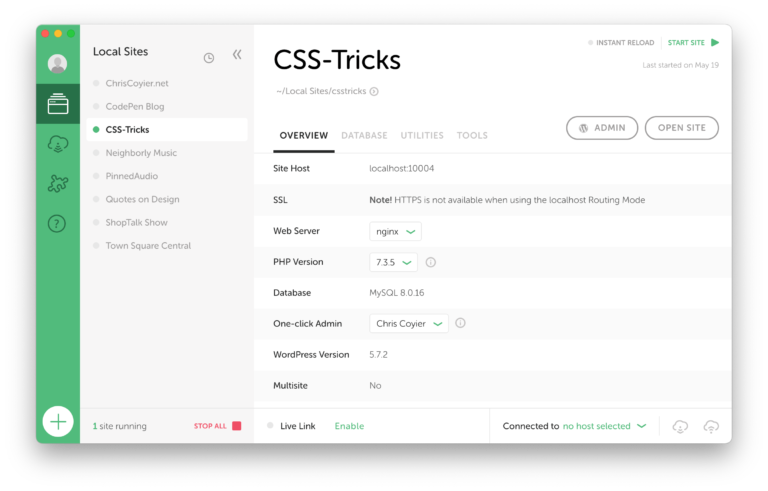One of the most fundamental steps to plan for the business loan approval process is to examine your company’s finances. It’s critical to identify the correct funding model. If you borrow money from the incorrect place, you risk losing a piece of your business or being stuck with repayment conditions that will stifle your expansion for years.
The lender will look at the company’s reputation, which is best proved through financial records, to decide how liable you are to pay back. We’ll go through the essential points that creditors check for and how to use all that data to increase your odds of securing a loan.
Before anyone files for a bank loan, you should know the paperwork required for a business loan. Banks need a vast range of documentation, especially if you are taking a loan for the first time or have no previous contact with the bank. In this blog article, we’ll outline and explain the three analyses companies should conduct before filing for a business loan to enable them to understand the financial data.
Also Read: 10 tips for avoiding business loan scams
The Balance Sheet
Table of Contents
One of the essential elements of the accounting department and business due diligence is a balance sheet. A balance sheet is a summary statement that gathers information about the company’s financial status at a particular moment in time, typically after your financial year. A business’s balance sheet displays what it holds, what it borrows, and how much money it has committed.
The balance sheet includes the following accounts:
- Asset: Cash, inventory, invoices, properties, machinery, and intangible resources are examples of assets.
- Liability: Current liabilities, tax liability, and other accrued expenses are examples of liabilities.
- Equity: All of the stock you’ve released, as well as net cash and paid-in capital, are included in your equity accounts.
The balance sheet is derived from the values you’ve entered into the accounting systems and their progression over time. After you’ve specified an initial balance for the business account, all activities in and out of it will modify that amount accordingly.
For a business loan, the books need to show a profit each month to easily repay the loan even when the business income is too low. Maintaining a healthy balance in the bank accounts and many other short-term cash reserves that businesses can utilize to fulfill their short- to mid-term financial obligations is critical. This might include keeping a bit extra cash on hand each month or reducing your pay periods.
Also Read: Business Loan Requirement & 5 Must Ask Questions Before You Apply for A Business Loan
The Cash Flow Statements
Since earnings on an income statement don’t always reflect cash flow to the organization, cash flow statements are critical to evaluate. This report goes into greater detail than the Profit and Loss statement to identify the money pouring to and from the small business and the company’s general financial health.
The cash flow statement includes information from the P&L, balance sheet, and many other departments to indicate the movement and circulation of money across any financial organization. Assume you’re using accrual accounting and your income statement shows a surplus of $3 million in September. You could infer that the corporation had $3 million in cash to make payments in September if you didn’t see the cash flow data.
The elements of a general cash flow statement include the following:
- The difference between the net income business earned from the sale of goods and services and the cash you paid to vendors and other operating expenditures, as well as the amount you spent to staff in salary and payroll
- The depreciation based on the depreciation of company assets over time
- Other profits and losses in your company
- The total amount of money generated by a company’s operations
This demonstrates how well you handle money and the proportion of “spare” funds left over each month that may be used to pay business loans. This is significant for a lender since borrowers require cash to complete their payments. Cash flow statements are also important for the same reason. Using your cash flow statement, you can precisely assess how much funds you have ready to make loan installments.
Also Read: Factors to Consider When Evaluating a Business Loan Offer
The Profit and Loss Report
A profit and loss statement, or an income statement, is an accounting statement summarising expenditures, revenues, and expenses for a given period, generally a financial year or quarter.
This report details how you receive and spend money in your company. Many business financiers, for example, require debtors to have a certain amount of annual revenue. Revenue and sales information can be found on your profit and loss account, allowing you to verify whether you fulfill the basic eligibility requirements immediately.
The invoices business sends out or the items and services you sell are usually the sources of the P&L report. It then accounts for any other costs you may have, such as electricity or personnel wages. Every one of these transactions originates from your company’s cash flow and will be “reconciled” with other aspects of your accounting throughout bookkeeping.
Also Read: Need Money Fast? 4 Options For Small Business Owners
Increase your profitability to improve your chances of getting a business loan. There are two basic methods for doing so:
- An increase in profits and revenue will automatically reduce the burden of the company’s fixed expenses.
- At the same time, it will lower the company’s expenses.
Given the predicted shifts in the market situation and the general economy, a profit and loss statement tells whether the profit statistics are maintainable over the following years or not, which heavily affects business loan repayment chances.
It’s vital to remember that all accounting papers must be certified by a CA, and verified proof of company continuity (including your ITR/Trade license/Establishment Certificate, plus other things) must be presented.
Also Read: 5 Best And Fast Small-Business Loans
Conclusion
Financial reports and relative calculations will not enhance revenues, but they will benefit you in the long run. You’ll gain a new, analytical perspective on the business by performing the three financial reports described above. Most importantly, optimizing these three financial reports will increase your chances of getting a business loan dramatically.
Also Read: Factors That Affect The Eligibility For Small Business Loans







